Finding the right pair of shoes for gym training running can make a significant difference in your athletic performance and overall comfort. Whether you are a seasoned runner or just getting started, understanding the key features and considerations when choosing gym training running shoes is crucial. This guide aims to provide a comprehensive summary of the essential factors to consider, including shoe types, cushioning, stability, weight, and durability, to help you make an informed decision. Shoe Types: When it comes to gym training running shoes, there are three main types to consider: cushioned, stability, and minimalist shoes. Cushioned shoes are designed to provide extra cushioning and shock absorption, making them ideal for runners with a neutral gait. Stability shoes are recommended for individuals with overpronation, providing additional support to control foot movement. Minimalist shoes, on the other hand, offer a more minimalist design with minimal cushioning for runners seeking a barefoot-like experience. Cushioning: Cushioning is an essential feature to consider in gym training running shoes.
leather
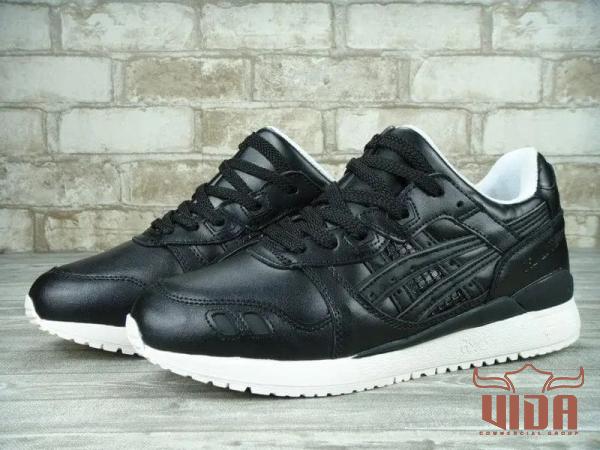 The level of cushioning determines the shoes’ impact absorption capability, reducing stress on your feet, knees, and joints. Different shoe models offer varying levels of cushioning, ranging from soft to firm. It is important to understand that personal preference, running style, and the surfaces you train on should influence your choice of cushioning. Stability: For individuals with overpronation, stability is a key factor to consider. Overpronation occurs when your feet roll excessively inward during each stride. Stability shoes incorporate supportive features such as medial posts or dual-density foams to counteract this motion and provide extra stability. If you are unsure about your pronation type, seeking professional advice from a running specialist or podiatrist is recommended. Weight: The weight of gym training running shoes can significantly impact your performance. Lighter shoes generally offer improved agility and make it easier to maintain a faster pace. However, it is important to strike a balance between weight and cushioning or stability. Heavier individuals or those seeking more support may benefit from slightly heavier shoes. Durability: When investing in gym training running shoes, it is essential to consider their durability.
The level of cushioning determines the shoes’ impact absorption capability, reducing stress on your feet, knees, and joints. Different shoe models offer varying levels of cushioning, ranging from soft to firm. It is important to understand that personal preference, running style, and the surfaces you train on should influence your choice of cushioning. Stability: For individuals with overpronation, stability is a key factor to consider. Overpronation occurs when your feet roll excessively inward during each stride. Stability shoes incorporate supportive features such as medial posts or dual-density foams to counteract this motion and provide extra stability. If you are unsure about your pronation type, seeking professional advice from a running specialist or podiatrist is recommended. Weight: The weight of gym training running shoes can significantly impact your performance. Lighter shoes generally offer improved agility and make it easier to maintain a faster pace. However, it is important to strike a balance between weight and cushioning or stability. Heavier individuals or those seeking more support may benefit from slightly heavier shoes. Durability: When investing in gym training running shoes, it is essential to consider their durability.
Specifications of leather
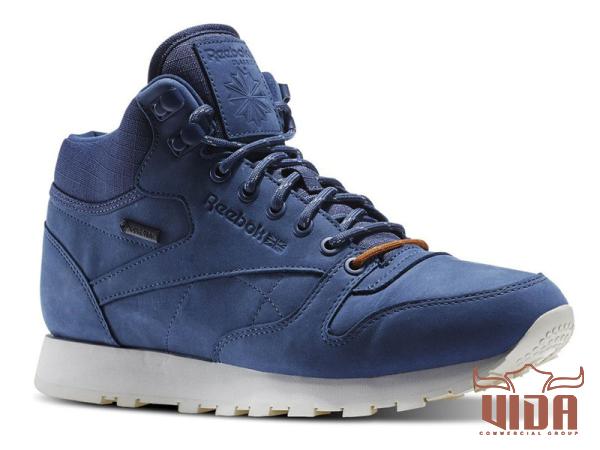 The durability of a shoe can depend on various factors such as the materials used, construction techniques, and the intensity and frequency of your workouts. Look for shoes that offer reinforced outsoles, sturdy upper materials, and reliable stitching to ensure longevity. Fit and Sizing: Finding the right fit for your gym training running shoes is crucial for comfort and optimum performance. Ill-fitting shoes can lead to discomfort, blisters, and even injuries. It is recommended to get your foot measured professionally before purchasing shoes online or in-store. Ensure that your chosen shoes offer ample toe space, a snug heel fit, and proper arch support. Trying on shoes with athletic socks similar to the ones you will use for running is also advisable. Breathability: During intense gym training or running sessions, your feet can sweat and heat up quickly. Shoes with breathable uppers allow airflow, helping to keep your feet cool and dry. Look for materials like mesh or engineered knits that promote breathability without compromising structural integrity. Outsole Traction: The outsole is the bottom part of the shoe that comes in contact with the ground.
The durability of a shoe can depend on various factors such as the materials used, construction techniques, and the intensity and frequency of your workouts. Look for shoes that offer reinforced outsoles, sturdy upper materials, and reliable stitching to ensure longevity. Fit and Sizing: Finding the right fit for your gym training running shoes is crucial for comfort and optimum performance. Ill-fitting shoes can lead to discomfort, blisters, and even injuries. It is recommended to get your foot measured professionally before purchasing shoes online or in-store. Ensure that your chosen shoes offer ample toe space, a snug heel fit, and proper arch support. Trying on shoes with athletic socks similar to the ones you will use for running is also advisable. Breathability: During intense gym training or running sessions, your feet can sweat and heat up quickly. Shoes with breathable uppers allow airflow, helping to keep your feet cool and dry. Look for materials like mesh or engineered knits that promote breathability without compromising structural integrity. Outsole Traction: The outsole is the bottom part of the shoe that comes in contact with the ground.
buy leather
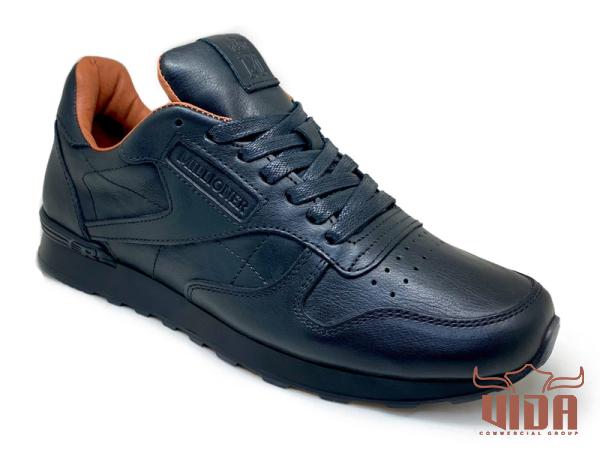 Adequate traction is crucial, especially if you regularly train on slippery or uneven surfaces. Look for gym training running shoes that feature a rubber outsole with patterns or grooves designed to provide optimal grip and stability. Price: Gym training running shoes can vary in price, depending on the brand, features, and materials used. It is important to set a budget and consider the price in relation to the shoe’s quality and your specific needs. While it is tempting to opt for low-priced options, investing in well-constructed, durable shoes that meet your requirements can save you from discomfort and potential injuries in the long run. Conclusion: Selecting the right gym training running shoes is essential for your running performance, comfort, and injury prevention. Consider your foot type, running style, and the specific features of different shoe types to find the best fit. Remember to prioritize cushioning, stability, weight, durability, breathability, fit, and traction when making your decision. Take the time to research and try on different models to ensure a perfect fit. Your gym training running shoes should provide the support, protection, and comfort necessary for an enjoyable running experience.
Adequate traction is crucial, especially if you regularly train on slippery or uneven surfaces. Look for gym training running shoes that feature a rubber outsole with patterns or grooves designed to provide optimal grip and stability. Price: Gym training running shoes can vary in price, depending on the brand, features, and materials used. It is important to set a budget and consider the price in relation to the shoe’s quality and your specific needs. While it is tempting to opt for low-priced options, investing in well-constructed, durable shoes that meet your requirements can save you from discomfort and potential injuries in the long run. Conclusion: Selecting the right gym training running shoes is essential for your running performance, comfort, and injury prevention. Consider your foot type, running style, and the specific features of different shoe types to find the best fit. Remember to prioritize cushioning, stability, weight, durability, breathability, fit, and traction when making your decision. Take the time to research and try on different models to ensure a perfect fit. Your gym training running shoes should provide the support, protection, and comfort necessary for an enjoyable running experience.
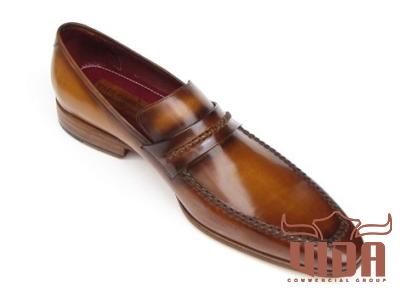
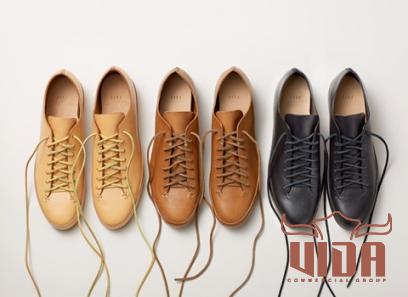
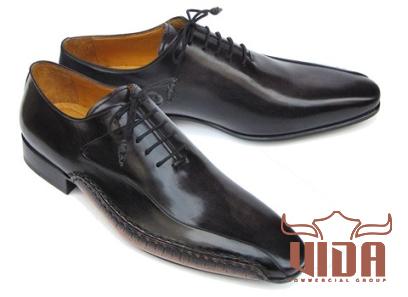
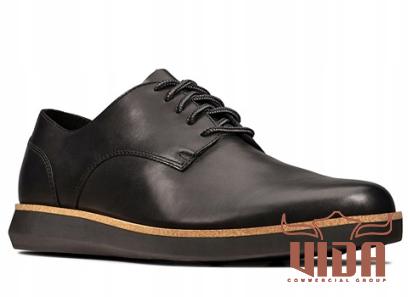
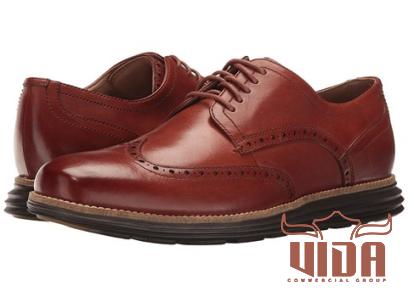
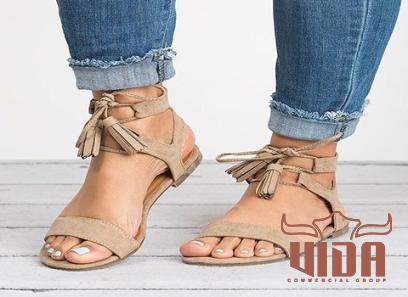
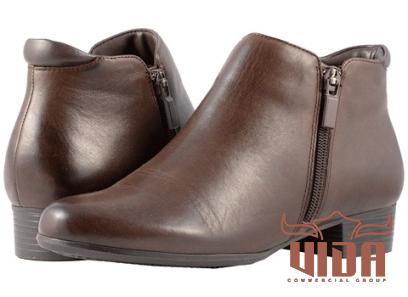
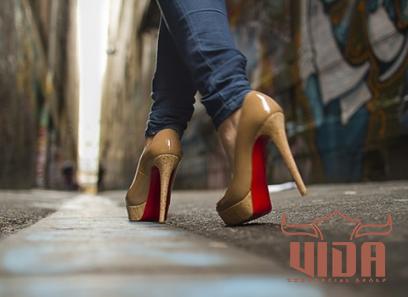
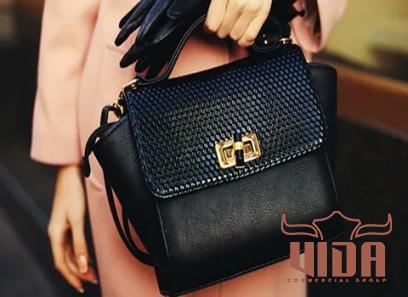
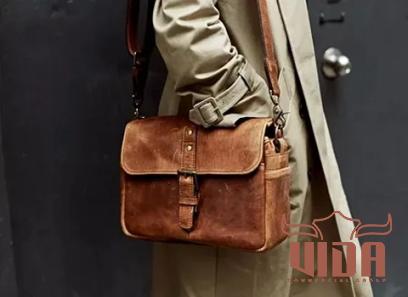
Your comment submitted.